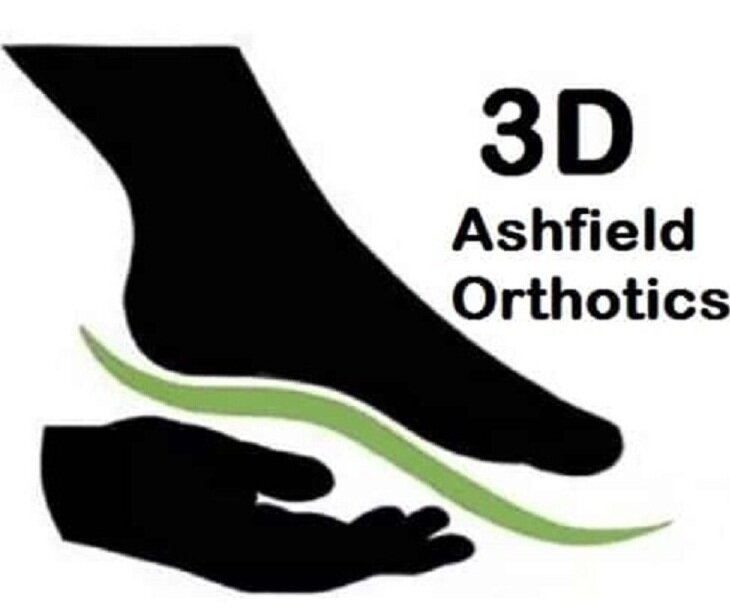Feet Zero to Three
Feet are just like the rest of our body.
Things change over time.
Feet Aged 0 to 3.
I was recently asked by a parent if I would look at her baby, specifically, their feet.
You see, she was concerned that the baby had no arches, much like her husband, who I was treating for remarkably flattening feet, or functional pes planus.
With the best reassurance I could muster, I explained that baby feet are similar but different to an adult's feet. After chatting a bit about developmental milestones around crawling and walking and suggesting that she see her doctor if these seemed off, we got back to feet. Like us, a baby typically has 5 toes on each foot, a distinct heel, bones and other tissues. The similarities mostly end there...
While the outside looks similar, the inside is - as I like to say - still "cooking"... There is more cartilage as the bones themselves are still forming and what is there as bone is quite soft. Plus - and this is what concerned the Mom - baby feet just look so... well... fat... er... flat...
Actually, babies don't fully develop a medial arch (made up of tarsal & midtarsal bones) until about aged 5-7. And the pudgier they are, the flatter their feet will look. It's okay. Obesity in babies is rare. They are naturally chubby. However, if a baby - as determined by a physician - is actually obese, the extra weight can exert forces that prevent normal development of foot structures.
Another thing that has changed in my lifetime is that when I was a baby almost 50 years ago, it was common to see baby shoes memorialized in bronze... That's because babies were expected to be wearing white or brown leather shoes from a very early age. That conventional understanding has been side-stepped, thankfully. We know now that poorly fitting shoes can actually promote foot deformities. As well, baby shoes limit "grasping" and other barefoot motions that naturally contribute to well-developed muscles, structures and coordination.
One exception is when the feet do not look normal for a baby. They may actually benefit from supports to stabilize structures during growth and prevent deformation due to ligament laxity or other conditions. And then there may also be valid concerns that a baby is not meeting the milestones associated with crawling to walking. If you are not sure ask.
Of course, we need to protect our babies and their feet, but as long as they are kept safe from harmful surfaces and objects, their feet will largely take care of themselves, with parental love and care.
Until next time, "Enjoy your feet!"
Rodney Ashfield, BA, Rehab. Cert.
Certified Pedorthic Technician
Certified Pedorthist (Canada)
